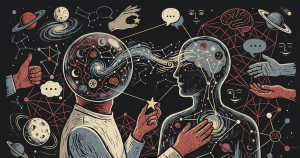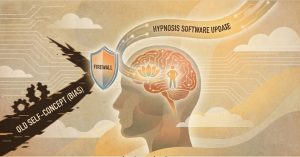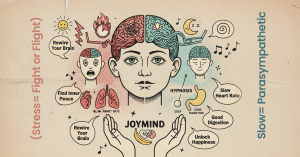Hypnosis for pain management is one of the most common applications of the modality and yields tremendous results. So much so, that Olympic gymnast Mary Lou Retton worked with a hypnotherapist to help her block pain in her foot prior to her 1984 gold medal win!
This boils down to the interconnectedness between physical pain and our mental processes, which is complex and fascinating. What we often fail to realize, is that pain is a multifaceted occurrence that incorporates both sensory and emotional components. Though the sensory element of pain is affiliated with physiological processes and the inner-workings of our nervous system, the mental and emotional aspects involve the psyche’s interpretation and comprehension of the stimuli.
So how does hypnosis nip our aching and throbbing in the bud? Simply put, it involves playing with the properties of pain. Hypnosis can alter our understanding of pain by rewiring the neural pathways responsible for transmitting pain signals. When a client is induced in a hypnotic state, they may feel a shift in the intensity of their pain. In raising the pain threshold subconsciously, we are then able to tolerate the discomfort and manage the pain far better.
Another highly workable method is the art of distraction! Hypnosis is remarkable in that it can help us refocus our attention away from the source of our pain. Our hypnotherapist can achieve this by redirecting our attention to either neutral or more pleasurable sensations. When practiced enough times through repetition and consistency, our subconscious automatically reframes the feelings of pain and assigns the symptoms a new meaning – hopefully, to something far less agonizing.
The techniques illustrated above are only a handful of ways that hypnosis can target and relieve pain. The goal in hypnotherapy is always to amplify the mind-body connection, allowing us to become more hyper-vigilant of our bodily sensations and the emotions that envelop them. Heightened awareness, which is the foundational framework of hypnosis, is truly the key for dealing with our discomfort in effective ways.
















